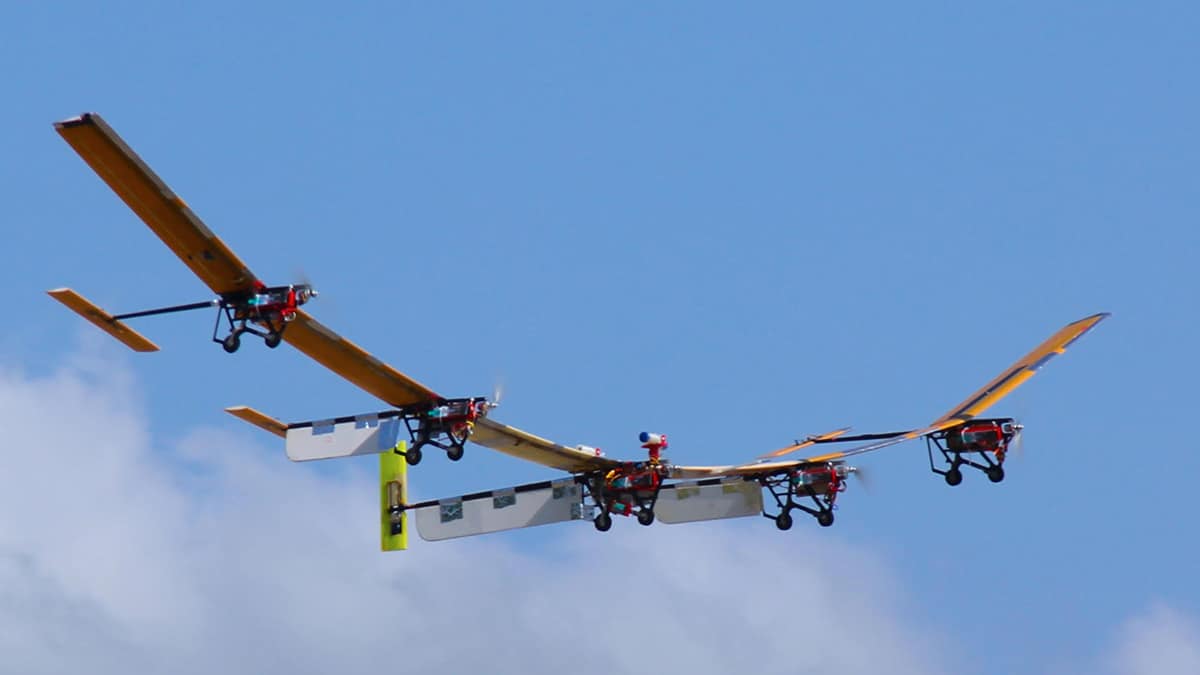
Inman draws inspiration from nature for his morphing wing technology
Dr. Daniel Inman, AE Department Chair, is seeking to improve the efficiency of aircraft through avian-inspired morphing wing technology.

Dr. Daniel Inman, AE Department Chair, is seeking to improve the efficiency of aircraft through avian-inspired morphing wing technology.
Dr. Daniel Inman, AE Department Chair, is seeking to improve the efficiency of aircraft through avian-inspired morphing wing technology.
Traditional airplane designs rely on rigid wings that remain inflexible throughout the various maneuvers and phases of flight. This configuration has its drawbacks, as Dr. Inman explains:

“An airplane has a particular structure that has evolved over the past 100 years in a very mechanical… rigid way. Today’s airplane has wings that stay in one position, however, the airplane moves in lots of different ways [like] when it lands and takes off and hits turbulence. So this fixed design means that [the wings] will be inefficient during some point in their flight path.”
In contrast to planes, birds possess the ability to selectively move their wings during flight to ensure optimal performance through energy efficiency and drag reduction. By mimicking this adaptive wing structure, Dr. Inman hopes to infuse his aircraft with these same capabilities. He explains:
“A morphing wing would allow you to choose its span-wise shape so it can be tuned to the aerodynamics [of your specific speed and situation]. This concept allows you to have a wing that is more efficient ”
Dr. Inman’s current morphing wing prototype uses piezoelectric ‘smart materials’ that convert electrical pulses to mechanical motion, allowing the wing to reshape itself during flight. Rather than conventional discrete control surfaces, Inman’s wing has curved surfaces that more closely replicate those seen in nature.
Preliminary wind tunnel testing of this design is extremely promising. In addition to improving aircraft maneuverability, early results indicate that a morphing wing design could enable planes to travel faster, with 20% more lift and 10% less drag. Beyond the wind tunnel, Inman’s team has successfully flown their design outdoors on an inaugural flight.
Due to the risk-averse nature of the passenger aircraft industry, Dr. Inman warns that it could be up to a few decades for morphing wing technology to make its way on to your next flight. Initially, he envisions the technology moving to model aircraft, and then, to the military. However, with the first flight under his team’s belt, Inman looks forward to continued development of this technology that could have profound industry implications.
For more information, check out the Nature Knows Best special below: